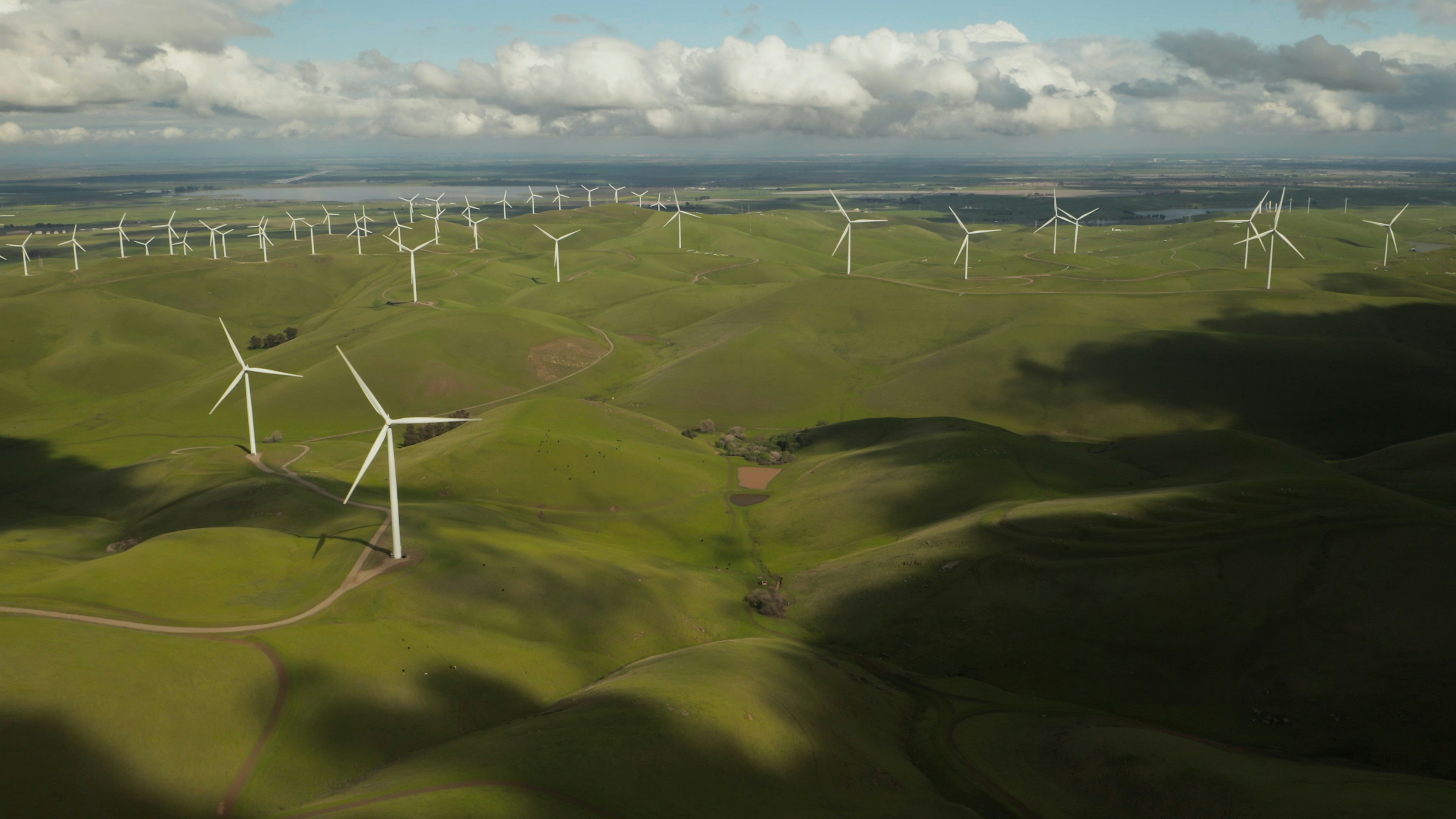
In today’s world, sustainability has become more than just a buzzword; it's a necessary approach to preserving our planet for future generations. The ongoing environmental crises, such as climate change, deforestation, and pollution, have triggered a global movement towards green technology and sustainable innovations. These advancements are not only transforming industries but are also offering practical solutions to the pressing issues we face. From renewable energy to eco-friendly manufacturing, green technology is revolutionizing how we live, work, and interact with the environment. In this blog, we will explore some of the groundbreaking innovations that are paving the way for a greener future.
1. Renewable Energy Technologies
One of the most significant shifts in recent years has been the rapid growth of renewable energy technologies. Solar, wind, and hydroelectric power are now widely adopted as cleaner alternatives to fossil fuels, significantly reducing carbon emissions and promoting environmental sustainability.
Solar Power
Solar energy is perhaps the most well-known and widely implemented renewable energy source. Advances in solar panel technology have led to more efficient and affordable systems. Thin-film solar panels, which are lightweight and flexible, are a game-changer for integrating solar power into various surfaces, such as windows and roofs. Additionally, solar energy storage solutions, like advanced batteries, are helping address the intermittent nature of solar power, allowing energy to be stored for use during non-sunny periods.
Wind Power
Wind energy is another clean and abundant source of renewable power. Modern wind turbines are becoming increasingly efficient and capable of generating more energy from lower wind speeds. Offshore wind farms are also gaining traction as they harness the stronger winds that occur at sea. These developments are contributing to a significant reduction in the reliance on fossil fuels.
2. Electric Vehicles (EVs)
The transportation industry is one of the largest contributors to global greenhouse gas emissions. However, electric vehicles (EVs) are transforming the way we commute, offering an environmentally friendly alternative to traditional gasoline-powered cars. EVs produce zero emissions, reducing the carbon footprint associated with transportation.
EV Advancements
Over the past decade, EV technology has improved drastically. The development of more efficient batteries, such as lithium-ion and solid-state batteries, has enhanced the range and performance of electric cars. Additionally, the growth of charging infrastructure has made it more convenient for consumers to adopt EVs. The transition to electric cars is not limited to personal vehicles; public transportation systems and even freight industries are shifting towards electric-powered solutions.
3. Sustainable Agriculture
The agricultural sector is another area where sustainable innovations are having a profound impact. With the global population expected to reach nearly 10 billion by 2050, it’s crucial that we find ways to produce food that are both efficient and environmentally sustainable.
Vertical Farming
Vertical farming, a technique that involves growing crops in stacked layers or vertical columns, is gaining popularity as an alternative to traditional agriculture. This method uses less land and water while reducing the need for pesticides and herbicides. Additionally, vertical farming can be practiced in urban areas, minimizing transportation costs and the associated carbon emissions. By growing food closer to where it’s consumed, vertical farming is reshaping the future of agriculture.
Aquaponics
Aquaponics is a sustainable farming method that combines aquaculture (fish farming) with hydroponics (growing plants in water without soil). The waste produced by the fish provides nutrients for the plants, and the plants help filter and purify the water for the fish. This closed-loop system is highly efficient, uses significantly less water than traditional farming, and produces both protein and vegetables in a sustainable manner.
4. Circular Economy and Waste Reduction
A circular economy focuses on reducing waste and reusing resources instead of the traditional "take, make, dispose" model. Green technology plays a key role in helping businesses transition to more sustainable practices by enabling efficient recycling, repurposing materials, and minimizing waste.
Recycling and Upcycling Innovations
Innovations in recycling technologies have made it easier to process materials that were once considered non-recyclable. For example, new machines are capable of recycling complex plastic products that were previously too difficult to process. Additionally, upcycling—where old materials are repurposed into new products—has become a popular trend, reducing the need for raw materials and minimizing waste sent to landfills.
Biodegradable Packaging
The demand for biodegradable packaging has surged in response to concerns about plastic pollution. Innovations in plant-based plastics, such as those made from corn or sugarcane, offer an eco-friendly alternative to conventional plastics. These materials decompose naturally, reducing the environmental harm caused by plastic waste.
5. Sustainable Fashion
The fashion industry is notorious for its environmental impact, from textile waste to water pollution. However, the rise of sustainable fashion is challenging this norm by promoting eco-friendly practices, materials, and production methods.
Eco-friendly Materials
Fashion brands are increasingly using organic and recycled materials, such as organic cotton, hemp, and recycled polyester, to reduce their environmental footprint. Innovations like biodegradable fabrics and plant-based leather are also gaining attention, offering alternatives to traditional, resource-intensive materials.
Circular Fashion
Circular fashion refers to a model where clothing is designed to be reused, repaired, or recycled, rather than disposed of. Many companies are adopting this approach by offering clothing rental services, second-hand stores, and take-back schemes that encourage customers to recycle their old clothes. This reduces waste and minimizes the need for new textile production.
6. Green Building and Sustainable Architecture
The construction and real estate industries are embracing sustainability by incorporating energy-efficient designs and eco-friendly materials in new buildings. Green buildings aim to reduce energy consumption, water usage, and waste production while improving the overall health and well-being of the people who live and work in them.
Smart Homes
The integration of smart technology in homes is also contributing to energy efficiency. Devices like smart thermostats, LED lighting, and energy-monitoring systems help homeowners reduce energy consumption and lower utility bills. Additionally, green building certifications, such as LEED (Leadership in Energy and Environmental Design), are helping guide the industry toward more sustainable practices.
Conclusion
Green technology and sustainable innovations are reshaping our world in profound ways. From renewable energy to electric vehicles, sustainable agriculture, and eco-friendly building practices, these technologies offer solutions to some of the most pressing environmental challenges. As the demand for green technologies continues to grow, we can look forward to a future where innovation and sustainability go hand in hand, creating a cleaner, healthier planet for generations to come.
By supporting these advancements and embracing a more sustainable lifestyle, individuals and businesses alike can contribute to a greener, more sustainable future.
Asif Bc
Aspiring blogger in Kerala sharing insights on technology and mental health to inspire mindful living.


.jpg)

0 Comments